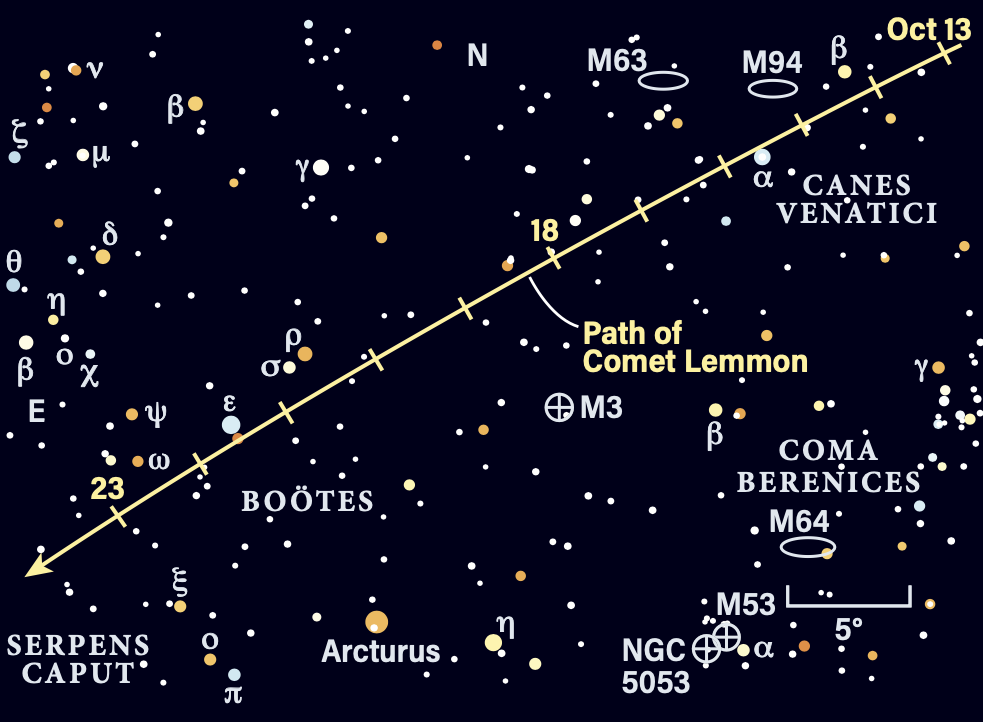
Did a NASA exoplanet-hunting balloon really 'crash' in Texas? Not according to the scientist behind the flight
NASA launched an exoplanet-hunting experiment Oct. 1 despite the government shutdown. After the mission's end on Oct. 2, news reports got a little confused.














